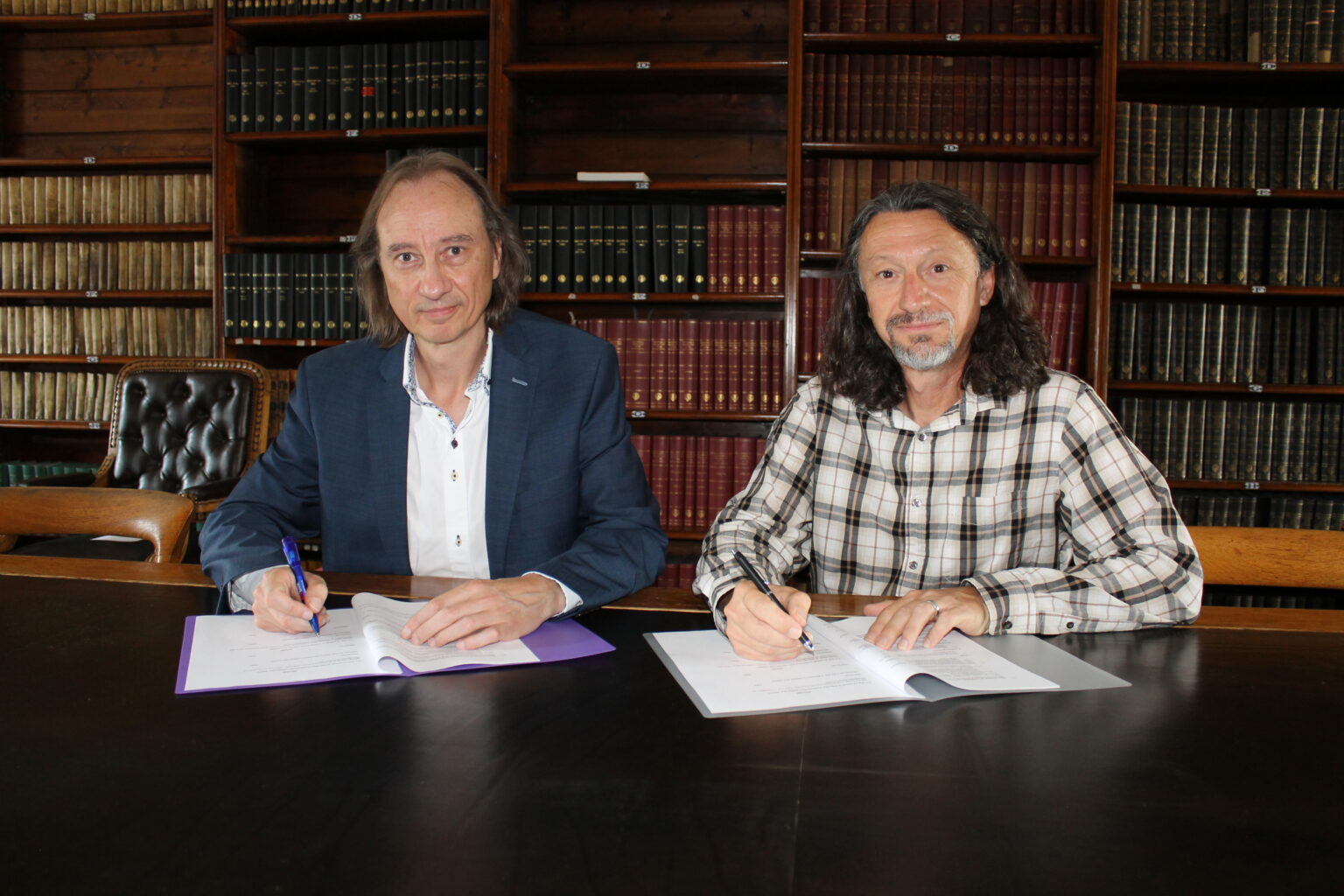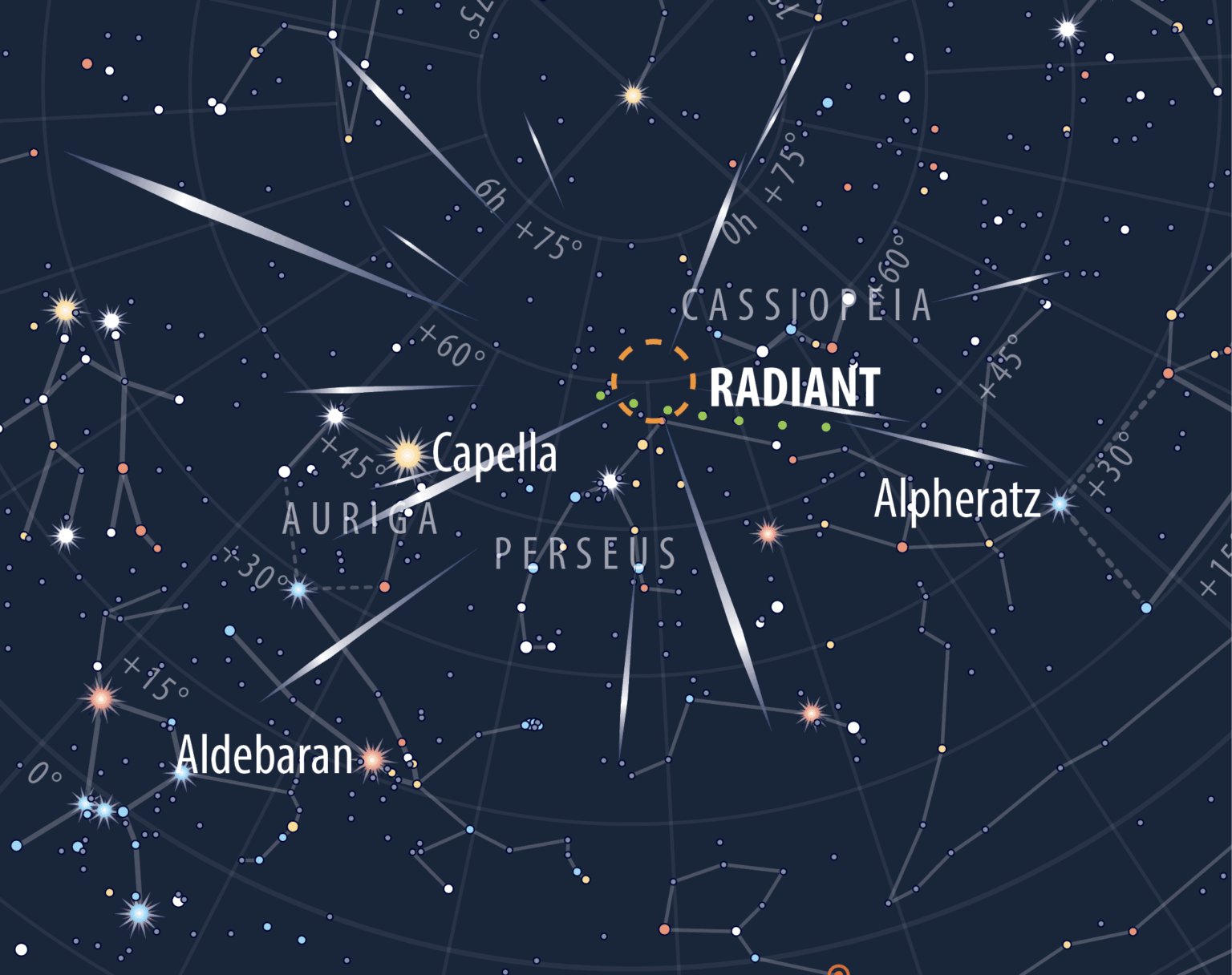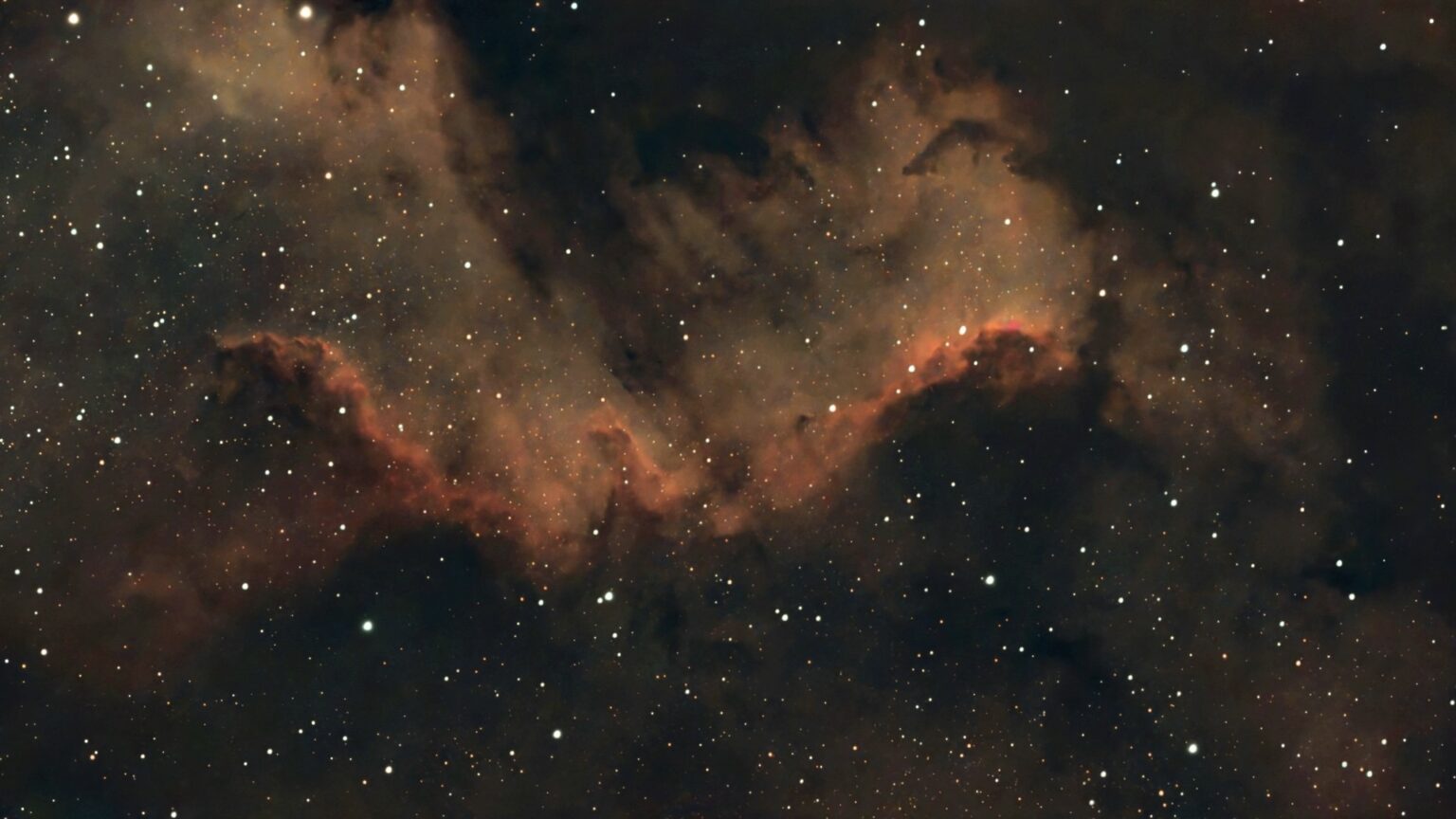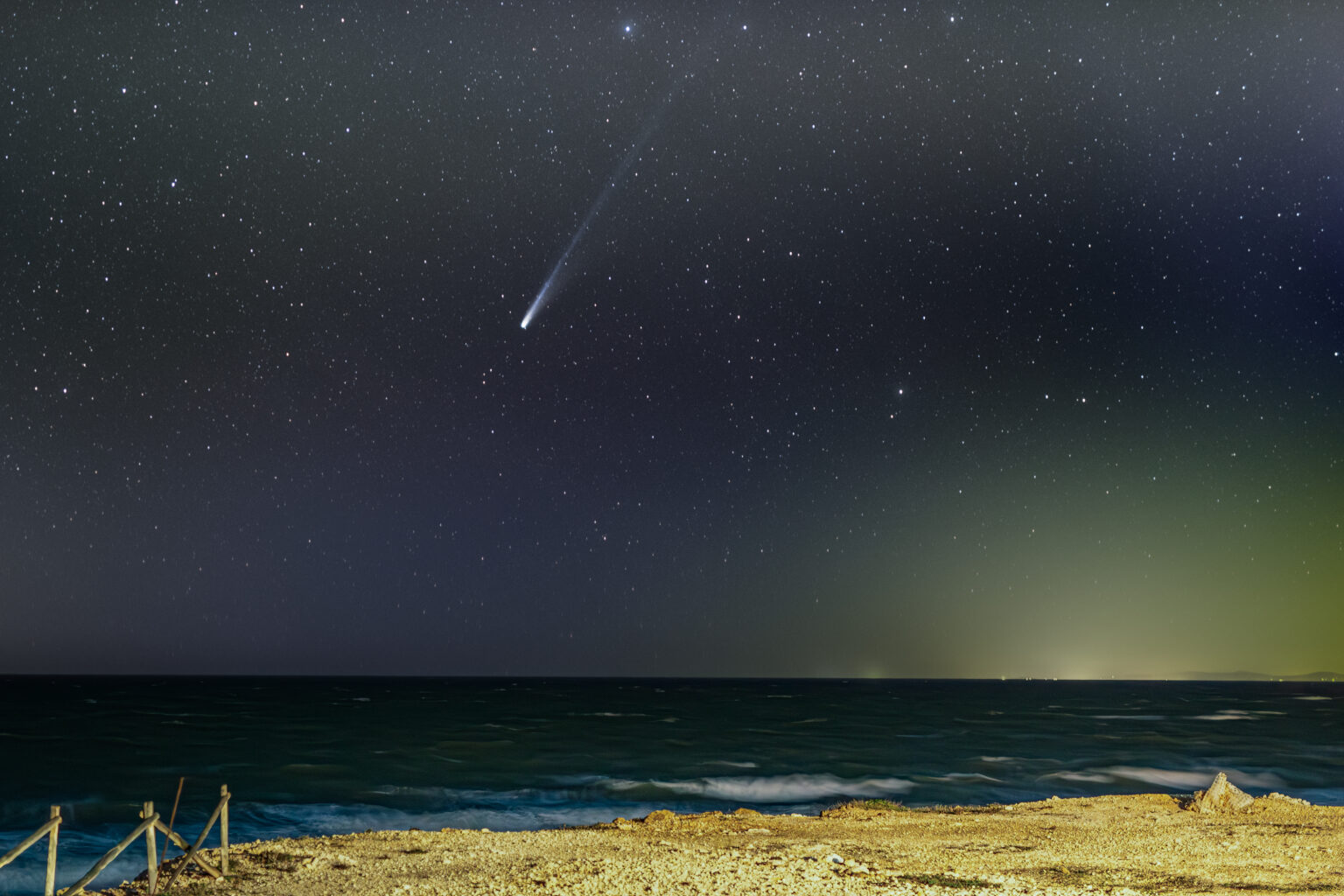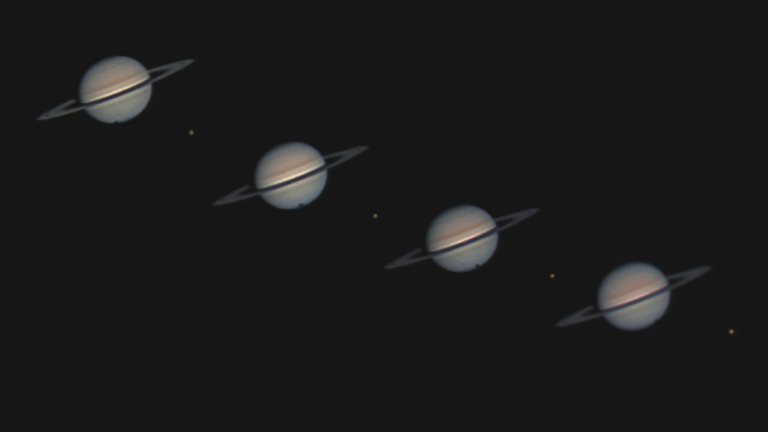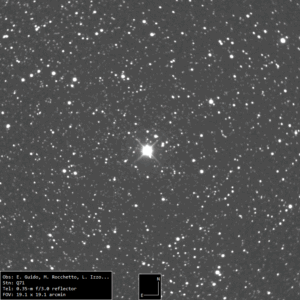As we head towards the end of 2025, it barely seems like five minutes ago that it was June and I was in the Royal Astronomical Society, signing the contract
Astronomy Now
Enjoy 24 festive astronomical images this month! Click to explore full-screen and for a brief description.
There are many meteor showers throughout the year. Here are the most prominent. For a beginner’s guide on meteors – what they are, where they come from, and how best
Everything you need to know to get started with observing meteors. Click here for a calendar of events over the year. A Lyrid fireball bursts across the sky during the
Witches, bats, ghosts and serpents – do you dare to visit our spooky gallery this Halloween?! 1. Mysterious clouds, dust and dark nebulae in the constellation Cepheus, captured by Andrea
Don’t miss the chance to see Comet C/2025 A6 (Lemmon) as it races towards its closest approach of the Sun on 8 November. You might even see it with your
Spiral galaxy NGC3370 has once again come under the watchful gaze of the Hubble Space Telescope. Credit: ESA/Hubble & NASA, A. Riess, K. Noll. The latest ESA/Hubble Picture of the
Engineers have completed the construction of ESA’s Plato spacecraft — the mission designed to search for Earth-like planets around Sun-like stars — marking a major milestone before its final round
by Mark Armstrong On 6 October the shadow of Titan, Saturn’s giant moon, can be seen crossing Saturn’s creamy cloud tops. This shadow transit event starts at 04:18 UT, favouring
by Mark Armstrong There’s a ‘new’ star in the constellation of Centaurus. A nova dramatically appeared on 22 September, discovered by John Seach of Grafton, Australia. Credit: Ernesto Guido, Marco
-
 01From Polymerization-Enabled Folding and Assembly to Chemical Evolution: Key Processes for Emergence of Functional Polymers in the Origin of Life
01From Polymerization-Enabled Folding and Assembly to Chemical Evolution: Key Processes for Emergence of Functional Polymers in the Origin of Life -
 02Panasonic Leica Summilux DG 15mm f/1.7 ASPH review
02Panasonic Leica Summilux DG 15mm f/1.7 ASPH review -
 03How New NASA, India Earth Satellite NISAR Will See Earth
03How New NASA, India Earth Satellite NISAR Will See Earth -
 04And Thus Begins A New Year For Life On Earth
04And Thus Begins A New Year For Life On Earth -
 05Astronomy Activation Ambassadors: A New Era
05Astronomy Activation Ambassadors: A New Era -
 06Two Black Holes Observed Circling Each Other for the First Time
06Two Black Holes Observed Circling Each Other for the First Time -
07SpaceX launch surge helps set new global launch record in 2024


